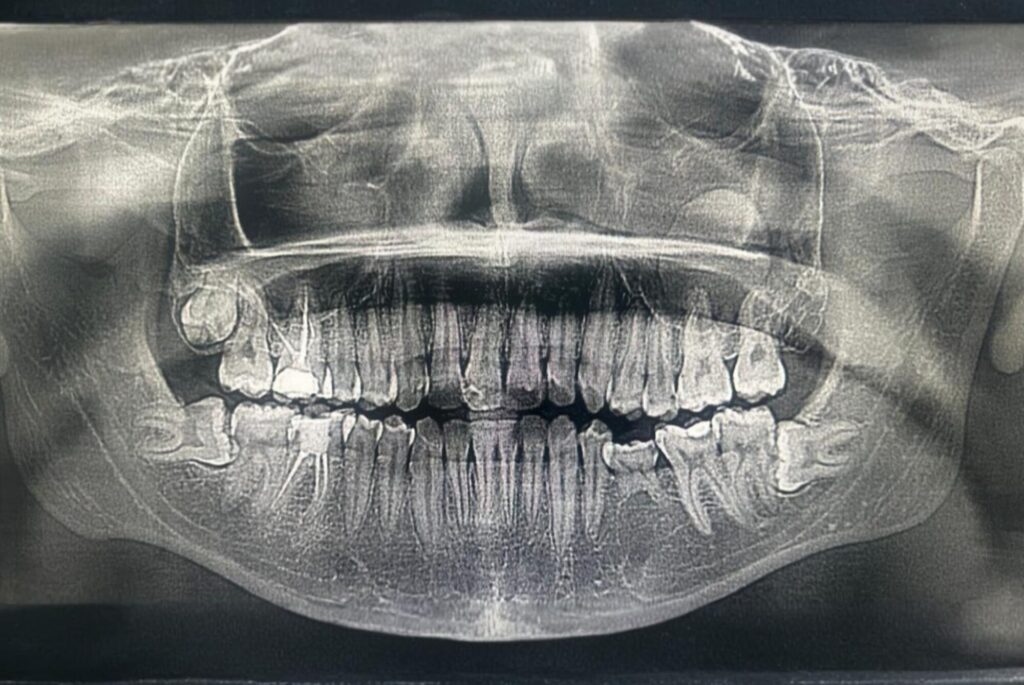Wisdom teeth, also known as third molars, usually emerge between the ages of 17 and 25.
While some people experience no issues, many others face complications such as pain, infection, or crowding, making wisdom tooth removal a common dental procedure.
One of the main reasons for removing wisdom teeth is impaction—when the tooth doesn’t have enough room to emerge properly. Impacted teeth can grow at odd angles, press
against neighboring teeth, or remain trapped in the jawbone. This can lead to pain, swelling, gum infection, and even damage to surrounding teeth.
The removal process is generally straightforward and performed under local or general anesthesia, depending on the case. Simple extractions are quick, but impacted teeth may require minor surgery. Recovery typically takes a few days, during which patients are advised to rest, stick to soft foods, and follow aftercare instructions carefully to avoid
complications like dry socket or infection.
Pain and swelling are normal after the procedure and can be managed with prescribed medications and ice packs. Maintaining oral hygiene is important, but patients should
avoid vigorous rinsing or using straws immediately after surgery to prevent dislodging the blood clot that forms in the socket.
While the idea of surgery might seem daunting, removing problematic wisdom teeth can significantly improve oral health and prevent future dental issues. It’s best to consult with a dental professional who can evaluate the position of your wisdom teeth using X-rays and recommend the right course of action.
In summary, wisdom tooth removal is a preventive and sometimes necessary procedure to maintain long-term dental health. With proper care and guidance, recovery can be smooth and relatively pain-free.

